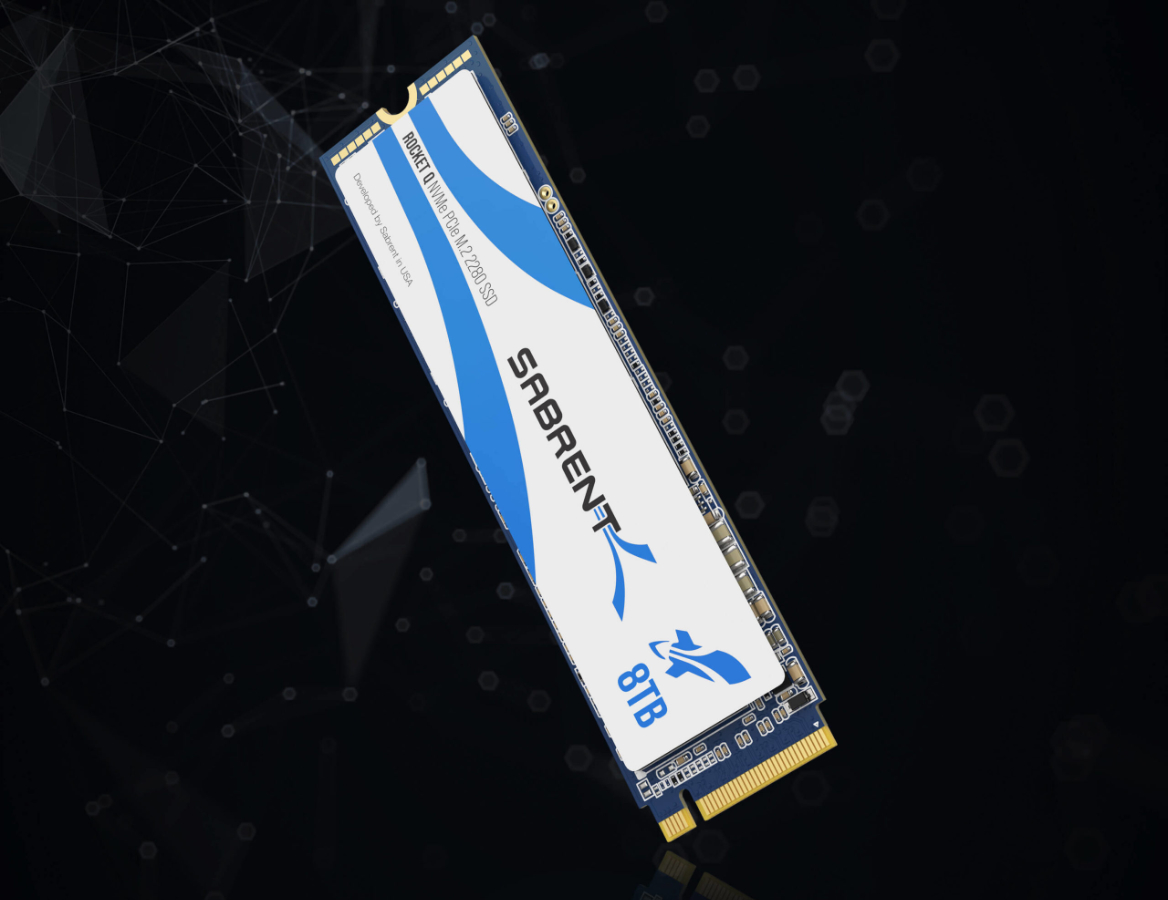In a nutshell: Sabrent has expanded its Rocket Q family of 500GB, 1TB, 2TB, and 4TB drives with a new model that offers a mighty 8 terabytes of super-fast storage in the same M.2 2280 form-factor by utilizing Micron's 3D QLC NAND technology.

In what is possibly a world first, Sabrent has come up with the most capacious NVMe PCIe 3.0 M.2 SSD. The Rocket Q 8TB should make storage shortage worries a thing of the past, provided you've got the deep pockets for purchasing the drive once it becomes available.
Spec-wise, Sabrent is using the same Phison E12S controller here that's used across its Rocket Q family and notes PCIe 3.1 and NVMe 1.3 compliance for the M.2 PCIe Gen3 x4 drive.
Although the company hasn't officially listed transfer speeds for this model (as of writing), it's safe to assume that it will match the 3,400MB/s reads and 3,000MB/s writes of its 4TB sibling, and similar to what Crucial is offering for its new (but less capacious) P5 series.

There's also no word around the drive's random read and write IOPS, but they're expected to exceed all of Sabrent's previous offerings in this series. Other details for the drive include support for SMART and TRIM commands, as well as advanced wear-leveling, bad block management, and over-provisioning features.
Sabrent also bundles the drive with Acronis True Image cloning software and is yet to decide on its price and availability. Considering that the Rocket Q 4TB currently costs $760 on Sabrent's official website, expect to pay nearly double or more for the upcoming 8TB version.
https://www.techspot.com/news/85321-sabrent-unveils-massive-8tb-nvme-pcie-30-internal.html